The Sky-Watcher EvoGuide 50ED and ZWO ASI120MM Mini auto guiding bundle is a popular choice among astrophotographers. Not only is the price reasonable, but the quality of the guide scope and camera are second to none.
As a 2-inch refractor with FPL53 glass, the EvoGuide 50ED could also double as an astrophotography telescope if you purchased the dedicated field flattener to give that nice flat field from corner to corner! I’ve been using this guide scope and camera since Summer 2020 so I thought it was time to let you know my thoughts on this auto guiding bundle.
What is Auto Guiding?
Unless you’re using an off-axis guider, where you place a guider between your focuser and imaging camera, which is usually reserved for long focal length telescopes, then you’ll want to be using a guide scope and guide camera, such as the Sky-Watcher EvoGuide 50ED guide scope and ZWO ASI120MM Mini guide camera.
Even though astrophotography mounts, such as the Sky-Watcher EQ6-R Pro, cost a lot of money, there is a certain amount of error in their tracking, therefore limiting exposure times to ~2 minutes depending on your particular setup. Auto guiding works by placing a guide scope on top of the imaging telescope and works by looping short exposures (2-3 seconds) and tracking multiple stars using auto guiding software, such as PHD2.
As the guide scope tracks the stars, it will send corrections to the mount either via the pulse guiding method or using the provided ST4 cable. Pulse guiding works by using an EQMOD cable plugged directly into the mount and controlled by software such as KStars for the mount to know exactly where in the sky it’s pointing.
This method connects PHD2 directly to your mount, which is the preferred method of most astrophotographers for auto guiding, and also negates the need for the ST4 cable, giving you one less cable snag to worry about.
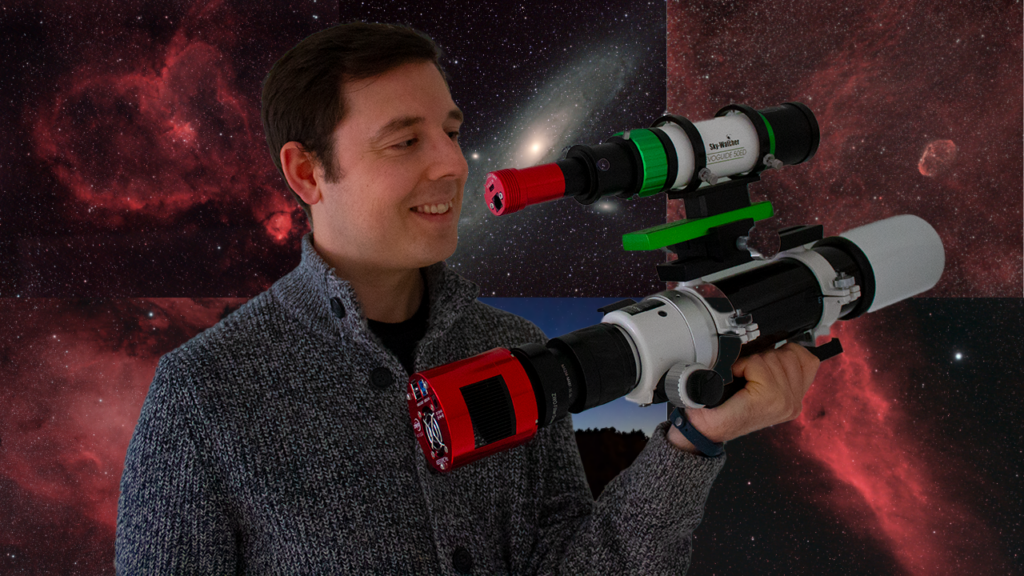
Specifications
Sky-Watcher EvoGuide 50ED Guide Scope:
· Apochromatic double refractor
· FPL53 glass
· Focal length 242mm
· 865 grams
· Helical focuser
· Vixen style dovetail
· Sky-Watcher colours
I’ve been using it with a ZWO ASI120mm mini guide cam, the bundle is available from FLO here.
ZWO ASI120MM Mini Guide Camera:
· 1.2 megapixel CMOS mono sensor
· 60g weight
· This camera is actually capable of imaging the planets and moon if used with a UV/IR cut filter at 3.75 microns per pixel and a 1280×960 resolution
· USB C port
· ST4 port
· Comes with cables and spacers
So those are the specs but how does it all stack up?
Usability
Let’s start with connectivity. I use Astroberry, which uses the EKOS software and I’ve had no issues at all connecting the camera once the drivers were loaded. The box also comes with 2 lengths of USB cable to be adaptable to your specific setup. You get absolutely everything you need in both boxes, no need to buy any additional gear, unless you need adapters to mount to your imaging scope like I did.
My Results with Auto Guiding
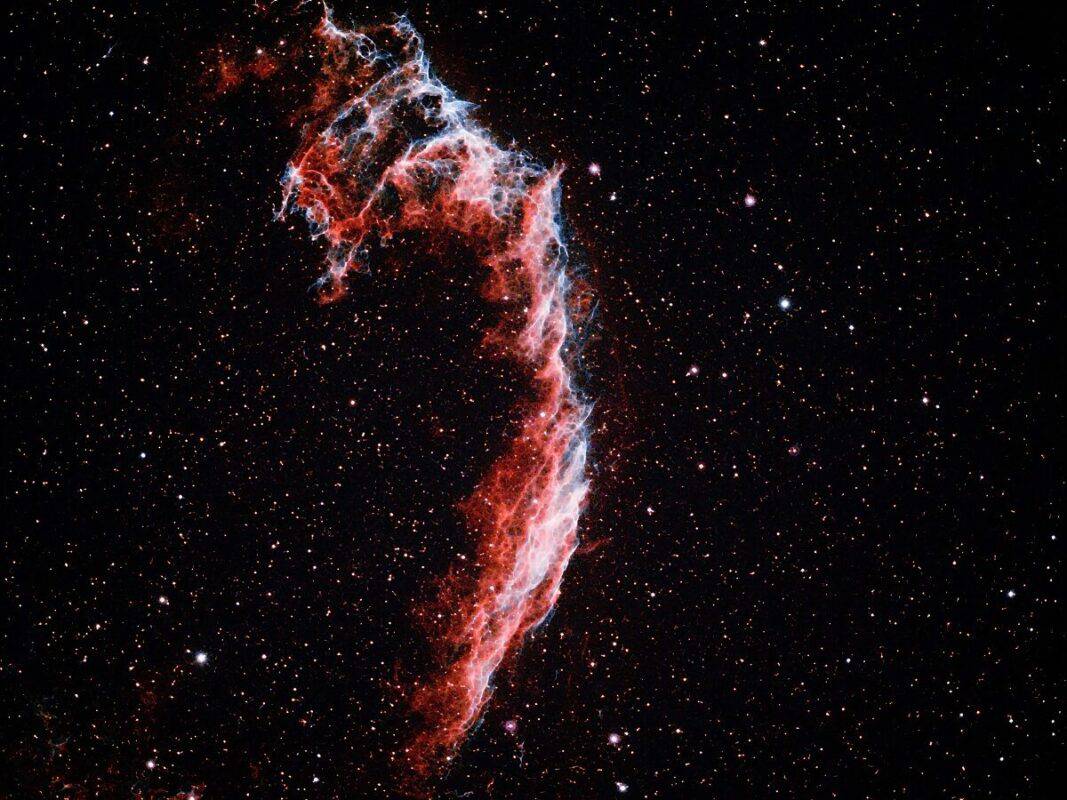
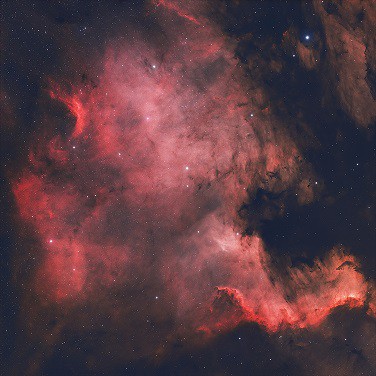
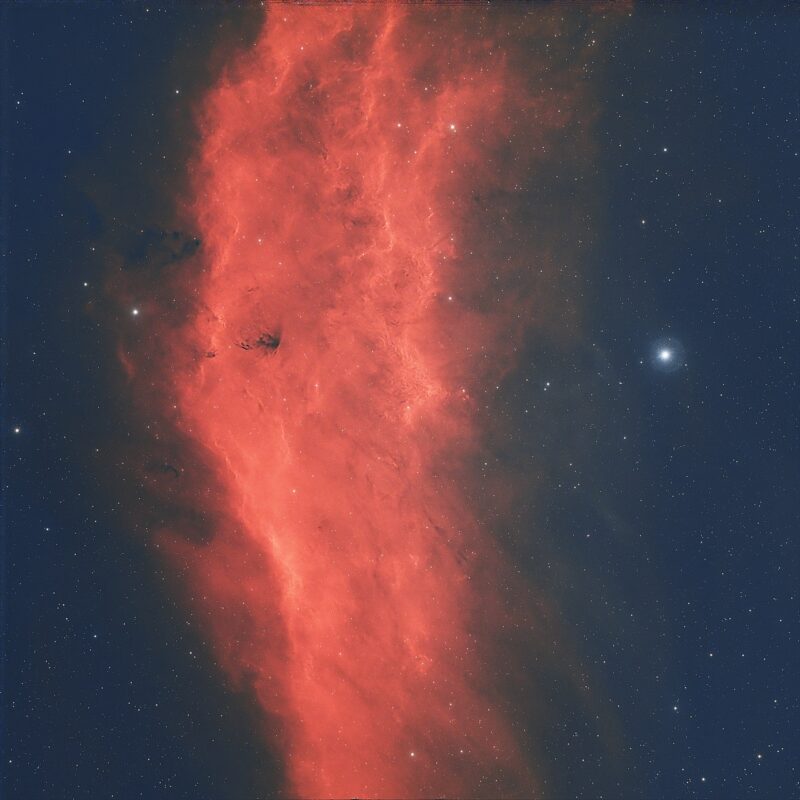
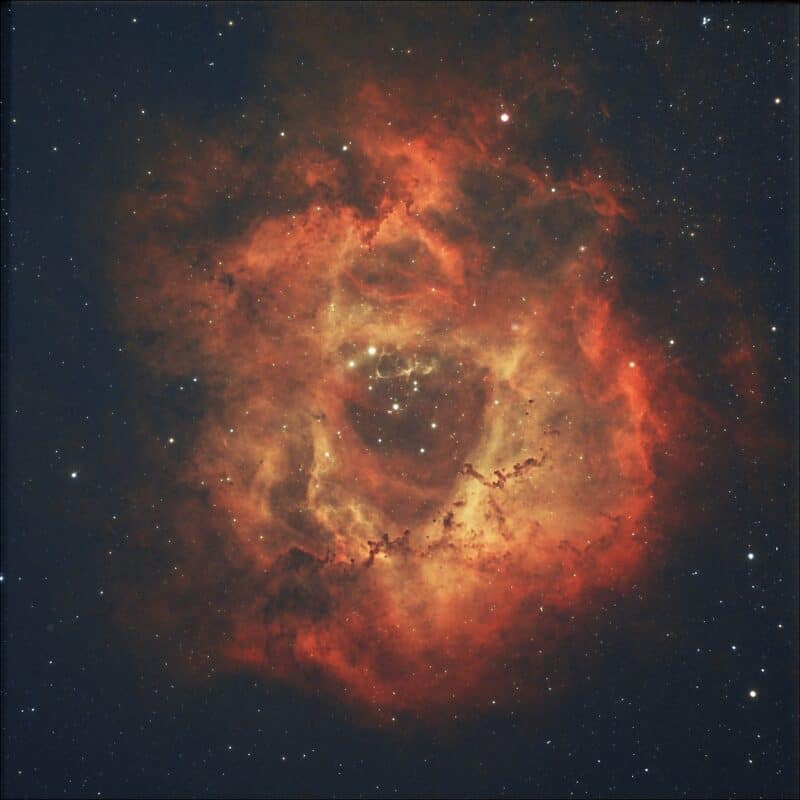
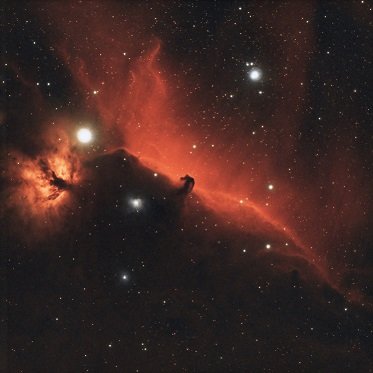
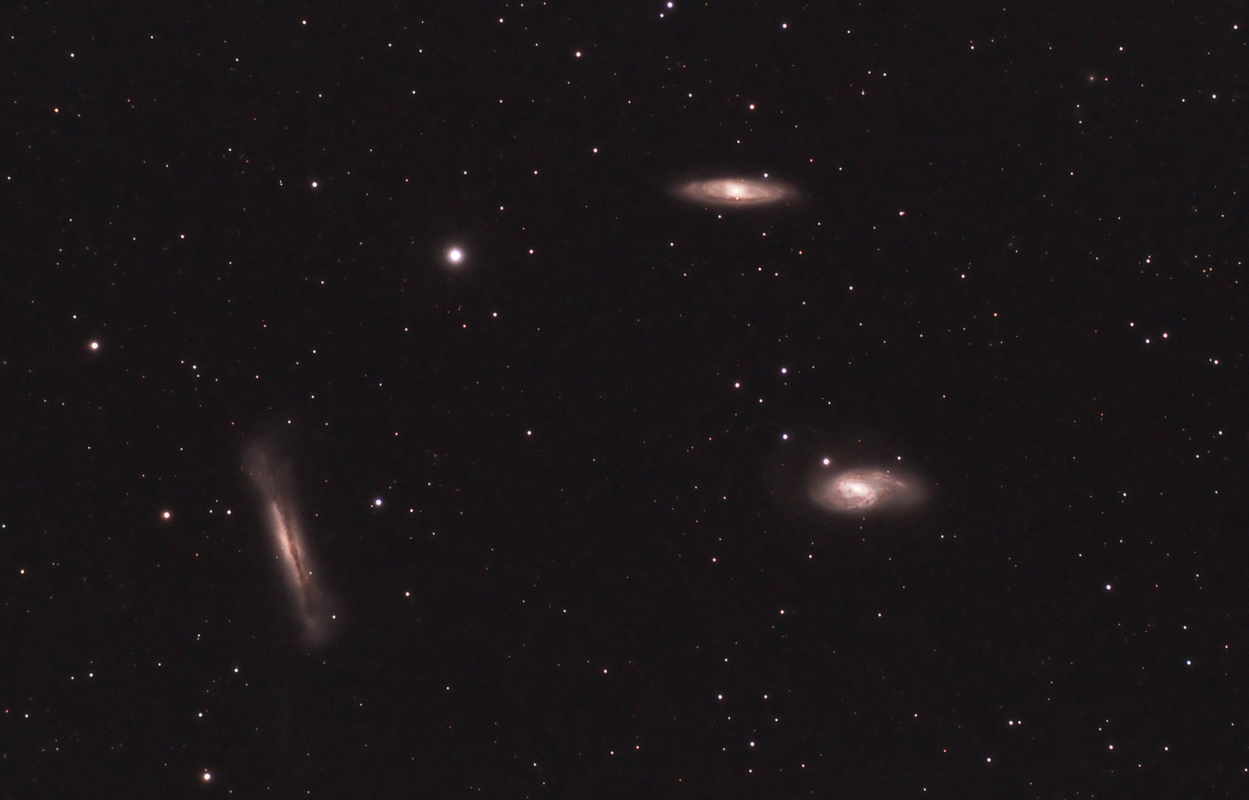
The above images were all obtained with my Sky-Watcher Evostar 72ED telescope and either a modified Canon DSLR or ZWO 533MC Pro cameras. The exposure lengths range from 3 minutes, all the way up to 10 minutes!
Before auto guiding, I was limited to 2 minute exposures with my setup with a good polar alignment before I would start seeing star trails at the edges of my images. Auto guiding now means I can take exposures for as long as my local light pollution permits before washing out my images.
I combat my local light pollution using filters such as the Optolong L-eXtreme narrowband filter and the Optolong L-Pro broadband filter.
Astrophotography with the Sky-Watcher EvoGuide 50ED?
Sky-Watcher have now made a dedicated field flattener for the EvoGuide 50ED, making it possible to use for astrophotography. Though I haven’t used it myself for astrophotography, it’s essentially the same telescope as the Sky-Watcher Evostar 72ED that I use for imaging, albeit with a shorter focal length.
How to Mount a Guide Scope to your Imaging Telescope
There are various ways to be able to mount a guide scope on to your main imaging scope, depending on your existing setup. I attached my guide scope by purchasing an ADM vixen female-female dovetail adapter. I attached a dovetail to the top of my Sky-Watcher Evostar 72ED rings, which the ADM dovetail adapter sits on top of, and the EvoGuide dovetail sits on top of the adapter. See the image below.
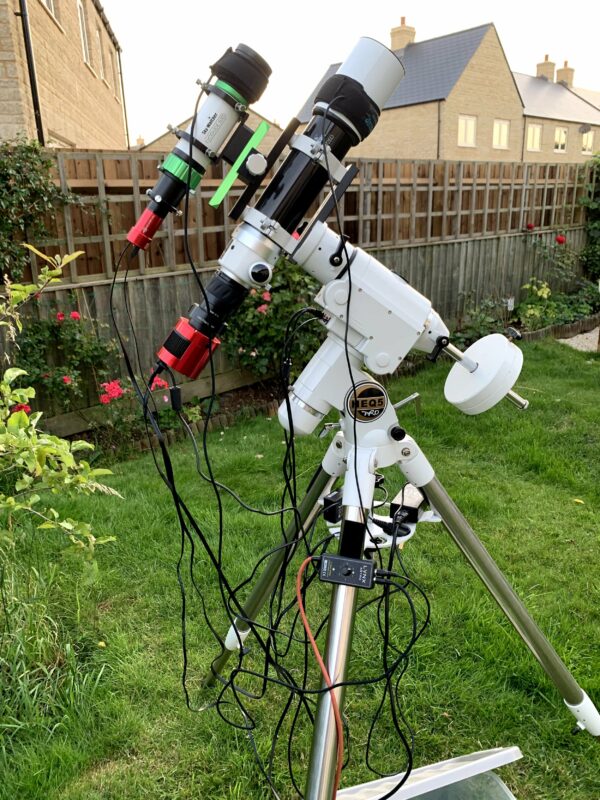
Would I buy this Auto Guiding Bundle Again?
I don’t like to be one of those people that only says positive things about products but honestly the only thing that has disappointed me is that the end cap is quite loose and comes off too easily.
Would I buy this bundle again when comparing it to others? Yes I definitely would, for me it is worth the extra, even if it is over specced for my current setup. I went this way because I knew I’d want to upgrade to a scope with a longer FL in the future so I’ve future proofed myself with a longer focal length, better quality guide scope. That doesn’t mean there aren’t other options to consider, however. Below I have compiled a short list of other options available.


Hi there Nick,
Thanks for all the info on your website and the YouTube content. It’s been really useful for me as a newbie.
One thing, though. I followed the links above to the items needed to mount the guidescope onto the 72ED. Unfortunately, the dovetail you link to is too short to fit onto the 72ED’s rings, at least in the factory-fitted position. That dovetail is really for use with cameras, it seems. I think one of these might do the job : https://www.firstlightoptics.com/dovetails-saddles-clamps/astro-essentials-dovetail-bars.html. Looking at the photo above, I think this is actually what you have. The camera dovetail is shorter then the 50ED’s dovetail, whereas the one shown is longer.
Don’t worry, btw. I can still use the shorter dovetail with my camera 🙂
Cheers,
Ken (Glasgow)